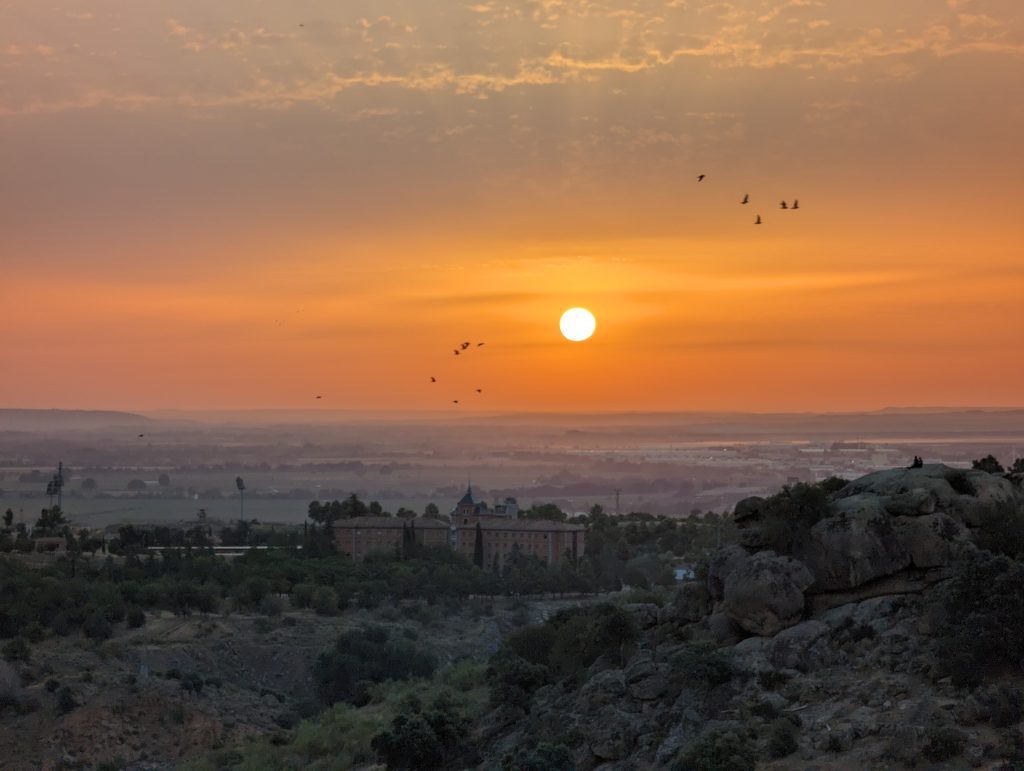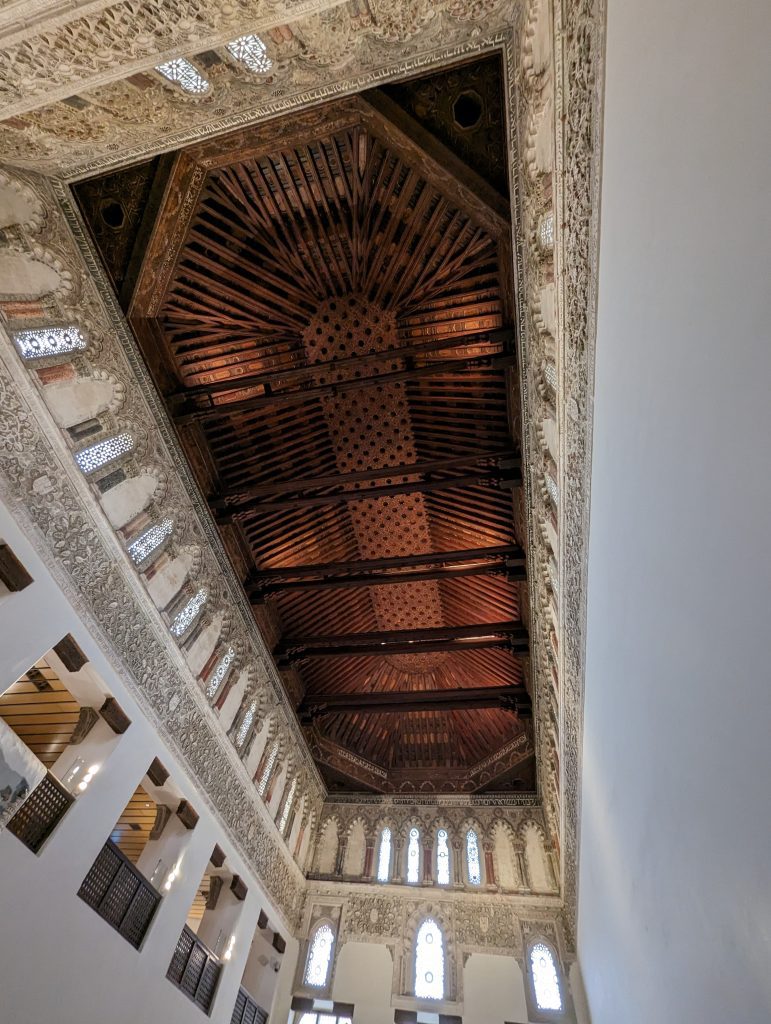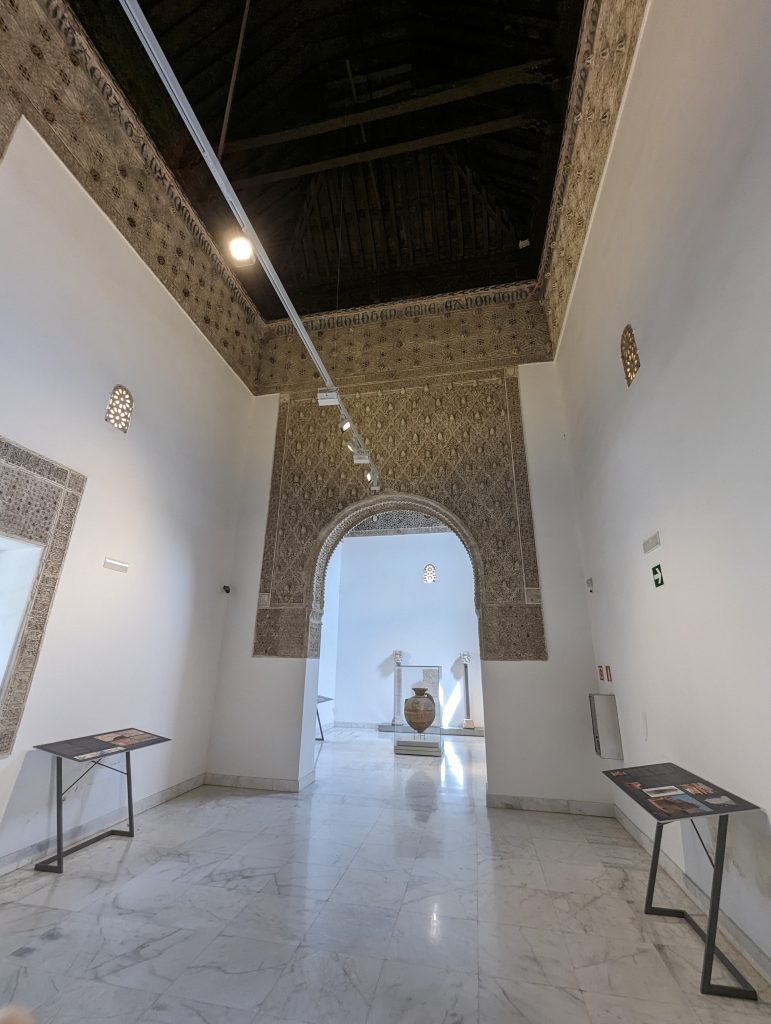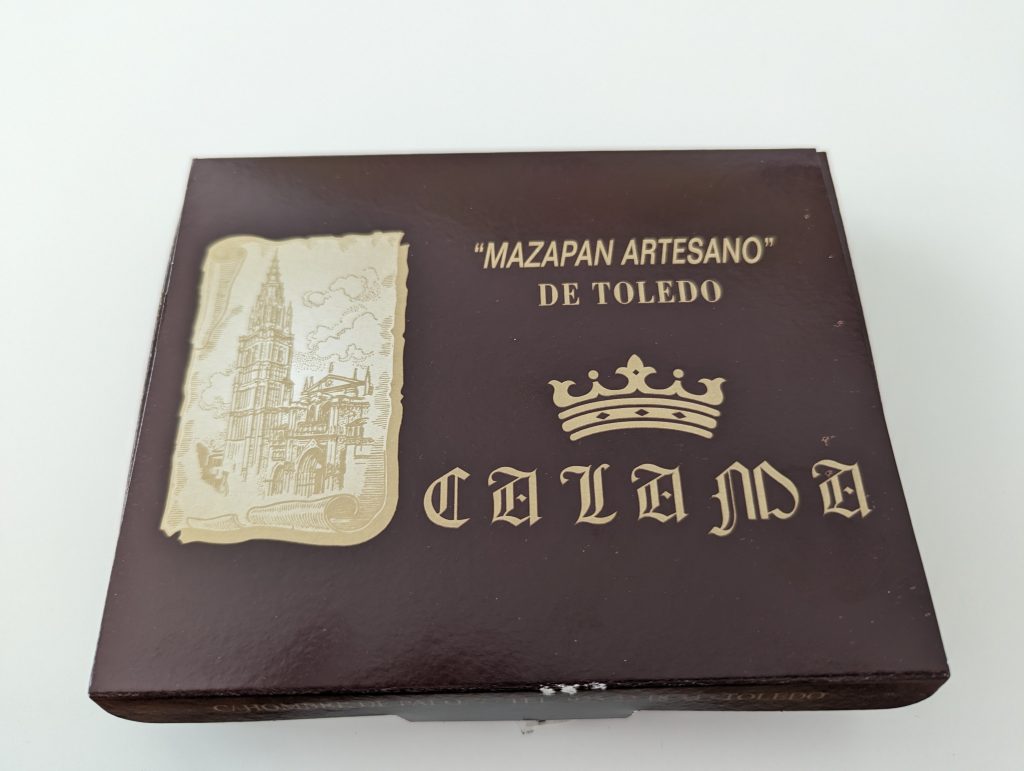Three cultures in Toledo
Sunrise in Toledo proved almost as spectacular as the evening, and sipping a coffee while watching the town appear was lovely. There was not, however, much in the way of a ‘cool of the morning’ vibe, just slightly less hot.

So it was off to the air conditioned museums.

First up was the Sinagoga de Transito. The Jewish people of Spain were summarily pushed out of the country on March 31 1492. This synagogue was handed over to a Christian military order and became a church until the early 1900s when it was made into a museum. One of the interesting facts I learned was that various people had campaigned to let Jewish people back into Spain from the 1500s on, but it wasn’t until the abolition of the Spanish Inquisition in 1834 that there was any success.
Second stop was the museum of El Greco – he of the famous Christian paintings. I’ve never much cared for his work, but the museum was interesting. It also confirmed my view that I don’t much care for his work and he couldn’t paint hands for nuts.

Finally it was the museum Taller de Moro (workshop of the moor) which which is an old Mudejar palace that was made into a workshop in the 14th century. While not technically Muslim it certainly completed Toledo’s trio of cultural influences.
Strangely, an excellent place to see the cultural influences brought together is the train station – which is a really beautiful building. Handy, because that’s where I headed next.


I was very amused to find that the security gate for the train includes a sign prohibiting knives. Which is ironic, given that 90 per cent of tourists buy a knife while in Toledo. There was, however, no rule preventing the carriage of marzipan, so I was perfectly safe.
